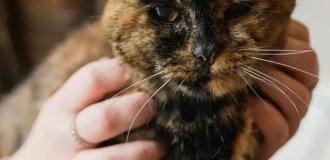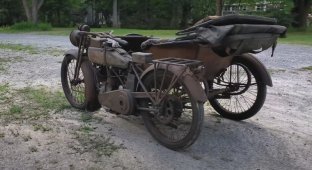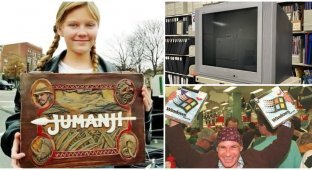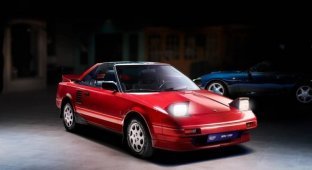The Englishman Robert Hooke was an amazing person - rebuilt London after the Great Fire, studied astronomy, studied ancient fossils and formulated the physical law of elasticity, named after him. 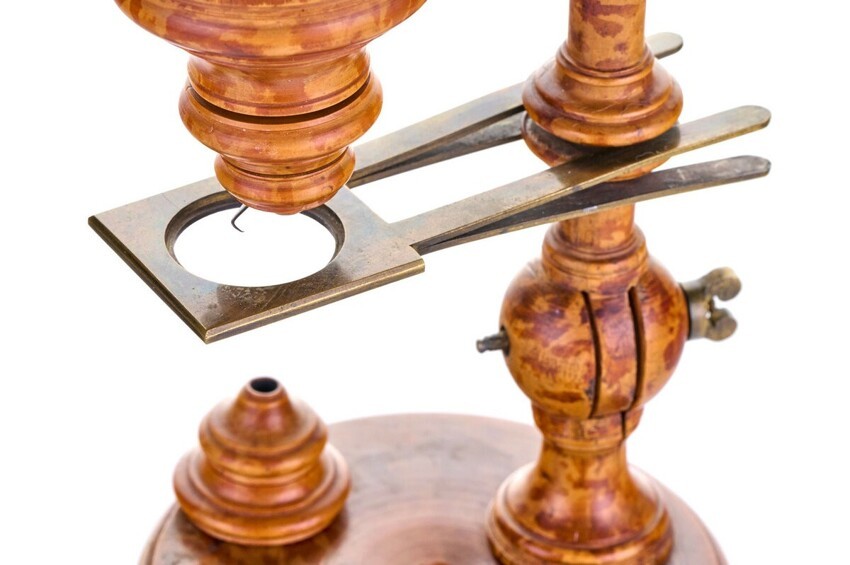
And in 1665 his "Micrography" appeared - one of the first books about the microcosm. In it, Hooke described in detail the microscope of his own designs and for the first time showed what can be seen with it. Like the device is stored in the Polytechnic Museum. 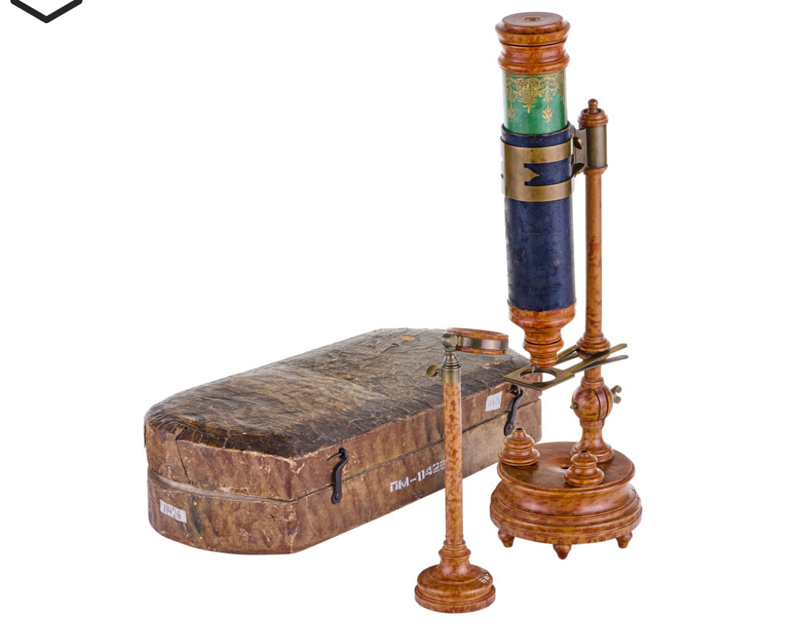
Compound microscopes with multiple convex lenses, tube, eyepieces and lenses already existed in the 17th century. They gave a small increase - only tens of times. But a clear image can was to get only in the very center of the field of view: at the edges of the picture lost clarity, and the white light unfolded into a rainbow. Such effects in optical system are called spherical and chromatic aberrations. 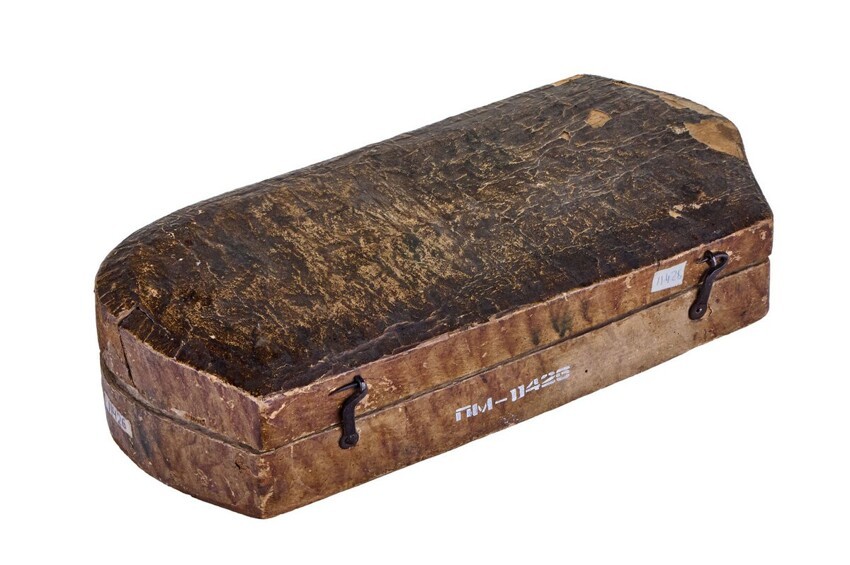
Hooke removed aberrations by adding between the microscope lenses diaphragm. The image became clearer, but at the same time significantly darkened. To compensate for this, Hooke came up with a way to illuminate the sample in question: he focused the light from an oil lamp through an additional lens on a stand and a large glass ball filled with water. Microscopes designed by Hooke gave a magnification of up to 150 times and for a century were considered the best in the world. 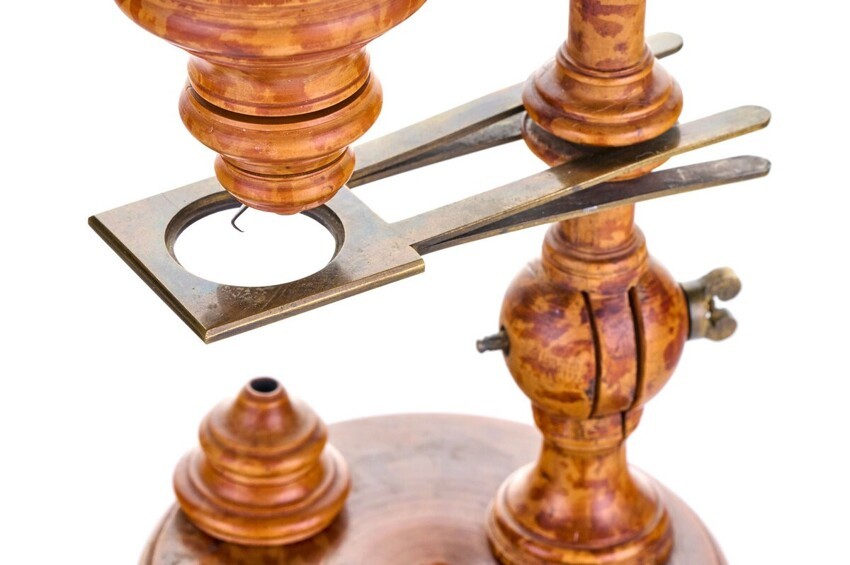
It was Robert Hooke who introduced the term "cell" into the scientific dictionary, although he misunderstood its meaning. Examining the bark in your device cork oak, he called the pores in the structure of the tree "cells" - cells, What does honeycomb mean in English? The shape of the cells resembled a scientist honeycombs. The term stuck, although later its meaning changed. 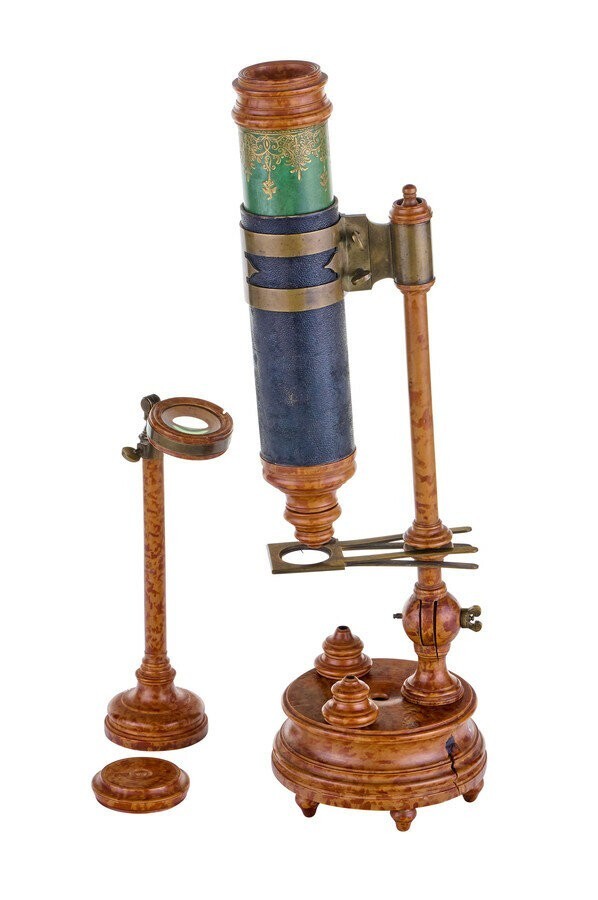
Englishman John Marshall slightly improved the design tripod in Hooke's microscope, adding a hinge that allowed you to install pipe in three positions - vertically, at an angle or horizontally.
The microscope, which is now kept in the museum, was created in 1710s by an unknown European master - modeled on the invention Hooke with Marshall's improvements. It's made from pear wood hinged body. There are three interchangeable lenses and an illumination system lens. 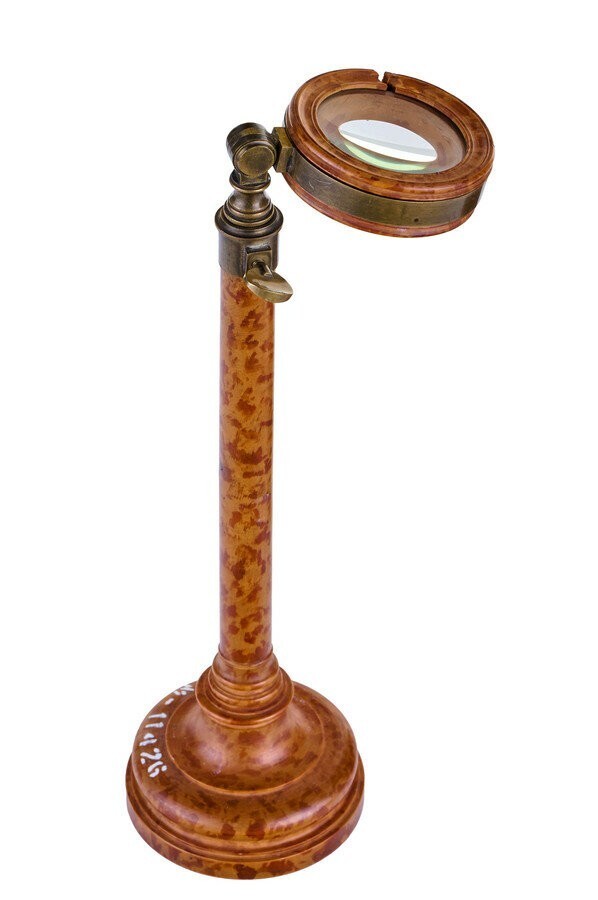
The microscope was acquired by the Polytechnic Museum in the 1960s from Nikolai Lesevitsky. According to the owner, his grandfather is engineer Vladimir Knopf - received a microscope as a gift from the Polish landowner Count Skrzhishevsky in 1912.
Add your comment
You might be interested in:











